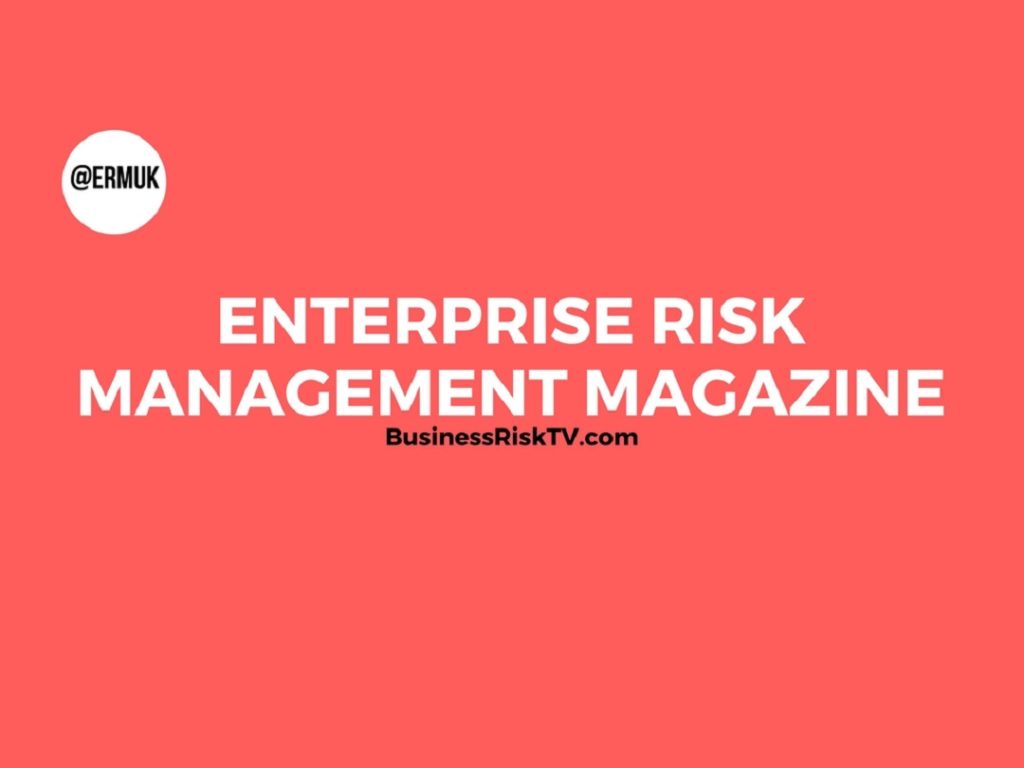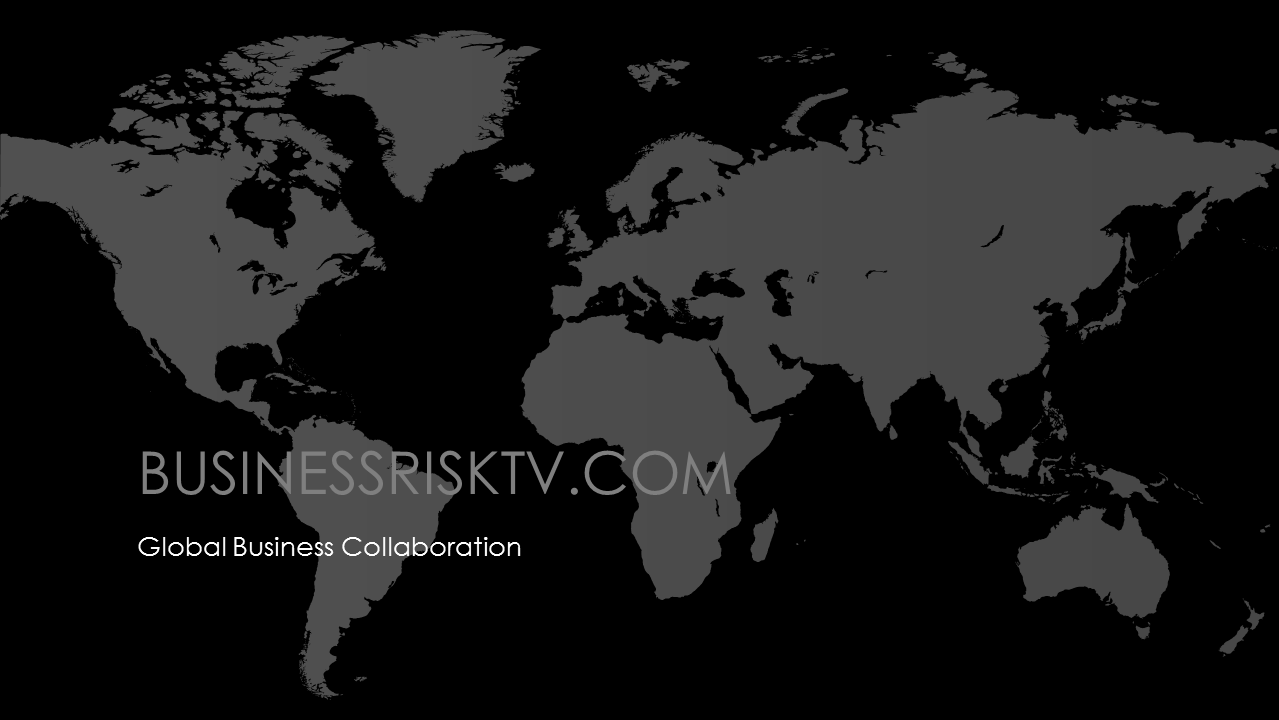Business Strategy During Recession

- How do you recession-proof your business?
- How can we protect from inflation?
- How to prepare for inflation at home?
The impact of recession on businesses is severe. However inflation can be the precursor of a recession. Central banks are charged with the responsibility of keeping inflation under control partly to ward against recession or depression. Healthy inflation is generally regarded as 2 percent. Many countries are experiencing at least 3 times healthy inflation. Some key economies are experiencing much more than that just now. In other words the biggest economies are suffering from very unhealthy inflation levels. Most central banks have not responded fast enough and should gave started increasing interest rates earlier to control inflation. Some have not even started to control inflation. The long-tail effect of increasing interest rates means that for next 6 months at least inflation will remain out of control. The war in Ukraine may even mean inflation is uncontrollable for years. Out if control inflation leads to a recession at best and depression at worst!
More: Discover how to spread your business risks more by expanding into new online marketplaces.
More: Reduce your business costs by buying more inexpensively with BusinessRiskTV.
Now is not the time to pat yourself on the back. Surviving pandemic was good, but the next existential threats to your business are already here or rushing towards you.
Rising inflation means that consumers and business decision-makers have the same money but it doesn’t go as far as it once did. The end result is that they buy fewer products and services. Inflation is a driver of a recession. Back to back crisis’s caused by pandemic, war, fuel, energy, fertiliser and food shortages or rising prices could result in extended global recession that turns into a global depression. The global pandemic caused the deepest recession since the Second World War and the world has used all its tools, including record low interest rates and extended Quantitative Easing QE, to scramble back out of the recession. However it means the world is particularly vulnerable just now – with economic risk management tools exhausted or trying to recover.
What Can Governments Do To Reduce Inflation
Reducing Inflation Strategies
Inflation is the sustained increase in the general price level of goods and services in an economy over a period of time. It can be caused by a variety of factors, including rising costs of production, increased demand for goods and services, and monetary policy decisions made by central banks.
Governments can take several measures to reduce inflation, including:
- Monetary policy: Central banks can raise interest rates to curb inflation. Higher interest rates make borrowing more expensive, which can slow down economic growth and reduce demand for goods and services.
- Fiscal policy: Governments can reduce government spending and increase taxes to slow down economic growth and reduce demand for goods and services.
- Price controls: Governments can impose price controls on certain goods and services to keep prices from rising too quickly. However, this can lead to shortages and reduced incentives for producers to supply goods and services.
- Supply-side policies: Governments can take steps to increase the supply of goods and services, such as by investing in infrastructure and education, and by reducing regulations that limit the ability of firms to produce goods and services.
- Flexible exchange rates: Governments can allow their currency to fluctuate in value against other currencies. A stronger currency will make imports cheaper and can help to reduce inflation.
- Price stability target: Central banks and governments can jointly agree on a target for inflation, and use monetary and fiscal policy to achieve that target.
It’s important to note that reducing inflation is not always the best course of action for an economy. Sometimes, a moderate level of inflation can be beneficial for economic growth, especially in developing countries. It’s important for governments to weigh the costs and benefits of different policies to reduce inflation and make the best decision for their economy.
Many central banks have an inflation target of between 2 percent and 3 percent – seen has healthy level of inflation
BusinessRiskTV
In conclusion, governments have several tools at their disposal to reduce inflation, including monetary and fiscal policy, price controls, supply-side policies, flexible exchange rates, and price stability target. However, it’s important to consider the costs and benefits of each policy before implementing them.
Strategies for business survival during a recession
Businesses fold quickly during a recession. Before you know it, you are losing both suppliers and customers. Both can damage your business and even threaten an otherwise successful business survival. Set a Key Performance Indicator KPI to help you monitor your risk management in this area of your business. A Key Control Indicator KCI could be that no more than 10 percent of your key supply’s come from any single supplier. Likewise a KCI could be that no more than 10 percent comes from a single customer. If you stick to your KCI then the failure of any one customer or supplier is not going to pull your business down with their failure to manage recession risk.
What you set your KCIs at will vary depending on your financial strength, type of industry and current resources. You may never hit your KCIs but they flag up when action is needed or your progress towards better recession risk control.
Expanding your customer base is not just about expanding your business. It is about protecting your business from loss of business. Expanding your suppliers could increase the overall cost of supply during good times thereby limiting your profit. Your management team needs to decide what level of risk you are exposed to, the type of risks and your appetite and resilience to risk.
We are moving from pandemic survival to rapid business development. If you focus your energy on growing your business faster organically with new customers you can ride the economic wave through the various threats to your business.

Grow your business faster through threats
More: Make your marketing budget go further with BusinessRiskTV.
How To Deal With Inflation In A Business
Just before a business falls flat on its face it can seem that the world was its oyster! The world seems to be dragging itself out of the economic damage of a global pandemic. We are seeing economic expansion at or near record rates across the world. Wages are rising and many countries have unfilled job vacancies galore! What could go wrong? Answer is out of control inflation turning into a recession and high unemployment.
The world has shot its bolt. Due to the economic impact of the global pandemic central banks have slashed interest rates to the bone and in a few cases into the bone! There is no wiggle room left to cope with another economic disaster. Trouble is nobody told our political leaders and they have led us into the next economic disaster on back of an inflationary crisis on back of war, food crisis and energy crisis. You wait for a financial crisis to come around every 10 years then several come along at once!
Inflation may have given you a good opportunity to inflate your prices. The good times are slipping away. Your pricing model may have brought in easy money that will be useful. Times are changing and you may think that new opportunities are appearing for business growth.
Stay on top of your business changing needs:
- Profits are cut due to rising costs due to inflationary pressures. Make sure you focus on market prices to seize opportunities appearing in your marketplace. Instead of raising your prices think about reducing your costs or making your offering more attractive to new customers.
- Cash is king now! Take steps to improve or maintain cash flow. Pay later and get paid quicker.
- Win new customers. Make sure you your marketing and sales development budget is working hard for you.
As interest rates rise there will be bargains. Minimise your outgoings. Reduce your overheads.
Hopefully you took advantage of cheap money. However the days of cheap money have passed or are passing. Now is the time to think about paying off debt. The rising cost of debt could pull down countries never mind companies! Make sure your business is not wasting profit on back of your cost of debt. Controlling your costs will help you to be more competitive in tightening marketplace.
World central banks need to act more quickly and more aggressively to calm inflation rates around the world to prevent a global recession and perhaps even global depression from 2023 onwards. This includes increasing interest rates and increasing interest rates in bigger leaps and bounds.

Healthy Inflation Level
What is a healthy level of inflation
A healthy level of inflation is generally considered to be around 2% per year.
Why 2 percent?
2% inflation per year is considered healthy because it allows for some economic growth while still maintaining stability in the purchasing power of money. It is a rate that is low enough to prevent rapid changes in the cost of goods and services, but high enough to encourage investments and borrowing. However, the specific level of inflation that is considered healthy can vary depending on a country’s economic conditions and goals.
Who thinks this?
The idea that 2% inflation is a healthy level is widely accepted among central banks and economists. This is because it provides a balance between stable prices and economic growth, and has been found to be compatible with low unemployment and stable financial markets in many countries. The Federal Reserve in the United States, the European Central Bank, and the Bank of England, among others, target an inflation rate of around 2%.
How do you reach this target?
Central banks use a variety of tools to reach their inflation target. The most common method is through the manipulation of interest rates. By adjusting interest rates, central banks can influence borrowing costs, which in turn can affect spending and investment decisions. This can then influence the overall level of demand in the economy, which affects prices.
In addition to interest rates, central banks can also use other monetary policy tools, such as buying and selling government securities in the open market, to reach their inflation target.
In some cases, central banks may also use forward guidance, where they provide information about their future plans for interest rates, to influence market expectations and help reach their inflation target.
It’s worth noting that hitting an exact inflation target can be challenging, and central banks may sometimes miss their target due to various economic and financial factors outside of their control.

Protecting your business from risk of recession and inflation
Protecting your business from risk of recession and inflation
